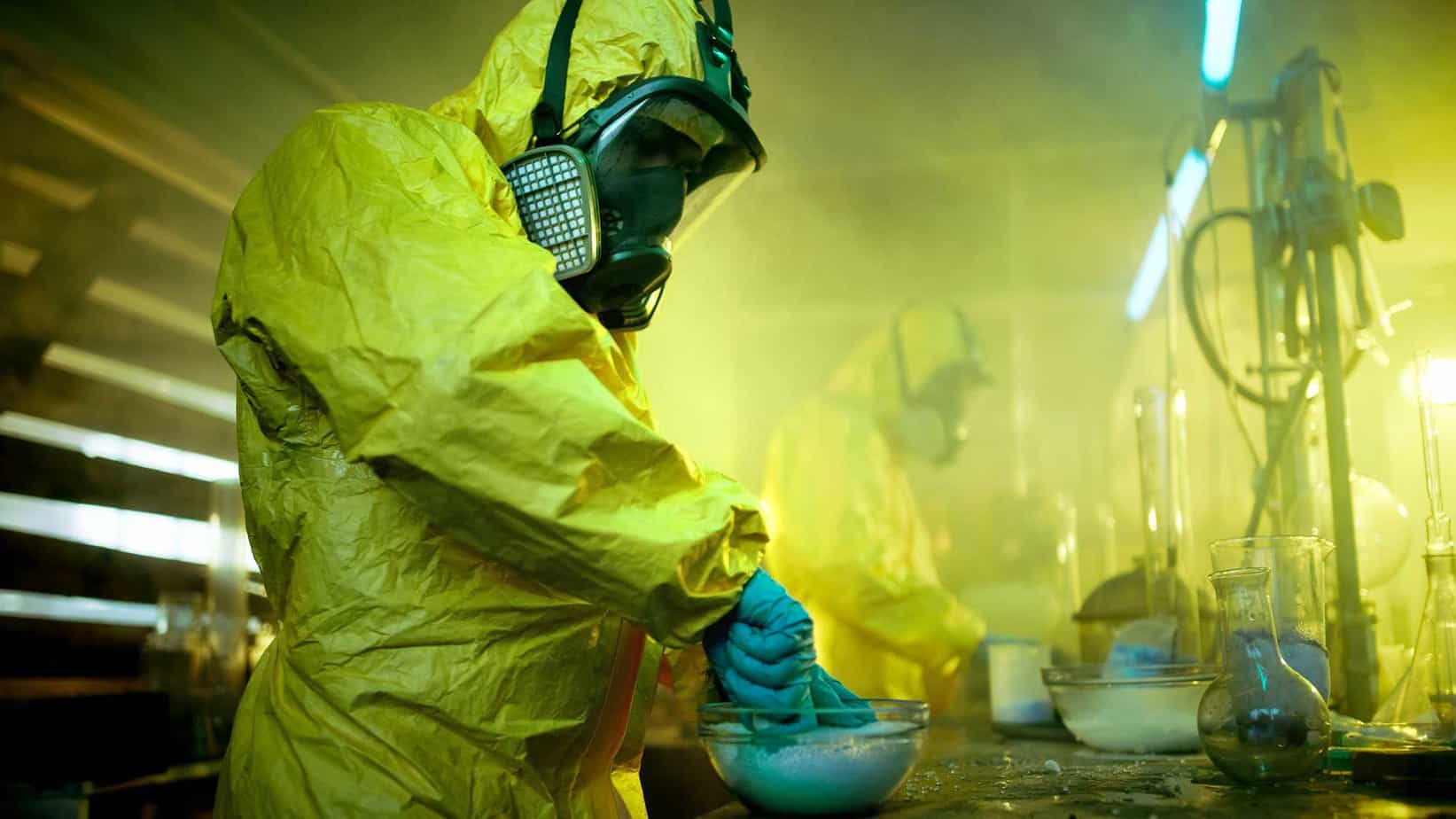Key Takeaways: The article discusses the alarming resurgence of methamphetamine use in the United States, highlighting its historical context, current statistics, and contributing factors such as accessibility, mental health issues, and social isolation. It emphasizes the devastating impact on individuals, families, and communities while also outlining pathways to recovery, including professional treatment, support groups, and mental health assistance. The piece concludes with a message of hope, stressing that recovery from meth addiction is possible with the right support and resources.
In recent years, the United States has witnessed a troubling resurgence in methamphetamine use. Once considered a regional issue, meth has now permeated urban and rural communities alike, affecting individuals from all walks of life. For those in recovery, those struggling with addiction, and families grappling with the impact of this crisis, read on to learn more about why meth use is increasing in the US, the signs of meth addiction, and treatment options for methamphetamine addiction in the United States.
A Historical Perspective on Methamphetamine
Methamphetamine, often referred to simply as meth, has a long and complicated history. Originally synthesized in 1887, meth gained popularity during World War II when it was used to keep soldiers awake and alert. However, the drug’s destructive potential soon became apparent, and mental health issues and methamphetamine dependence were observed, leading to a crackdown on its illegal production and distribution in the late 20th century.
In the early 2000s, the meth epidemic peaked, primarily due to the rise of home-cooked meth labs. Authorities responded with stricter regulations on pseudoephedrine, a common cold medication used in meth production. This led to a temporary decline in meth use. However, as the landscape of drug production evolved, so too did the availability of meth, leading to the current surge we are witnessing today. What are the recent statistics on meth addiction and its impact on America? Read below.
Meth in Recent Years: Statistics and Trends
As of 2025, the methamphetamine crisis is still roaring. Recent statistics paint a stark picture of the current meth crisis. According to the National Institute on Drug Abuse, meth overdose deaths have increased dramatically in recent years, with more than 32,000 fatalities reported in 2021 alone—a staggering increase from previous years. The Centers for Disease Control and Prevention (CDC) also reported that meth-related emergency room visits rose by 245 percent from 2015 to 2019. The link between fentanyl and rising meth overdose deaths cannot be ignored, either. Polydrug use and how the opioid crisis has influenced meth use patterns are strong contributing factors in overdose.
Methamphetamine purity and its impact on addiction are also huge problems. One of the most alarming trends is the increasing purity of meth available on the market. In the past, meth was often adulterated with various substances, but today’s meth is frequently over 90 percent pure. This heightened potency contributes to more severe addiction and a greater risk of overdose.
The COVID-19 pandemic has further exacerbated the situation, leading to increased mental health struggles and social isolation, which can trigger substance use. According to a survey conducted by the Substance Abuse and Mental Health Services Administration (SAMHSA), nearly 40 percent of adults reported struggling with mental health or substance use issues during the pandemic. This has created a perfect storm for those vulnerable to addiction, particularly with meth. The role of socioeconomic factors in methamphetamine addiction can also play a part.
Factors Contributing to the Resurgence of Meth Use
Prevention strategies for methamphetamine use among young adults and the community at large require education. The impact of methamphetamine use on rural communities and the resurgence of methamphetamine in the Midwest are major societal issues.
Understanding the reasons behind the rise in meth use is essential for effective intervention and prevention. Several interconnected factors, listed below, contribute to this troubling trend.
Accessibility and Affordability
Drug addiction in the USA is fueled by accessibility. Unlike many other illicit drugs, meth can be produced relatively easily and inexpensively. The rise of large-scale meth production operations made the drug widely available across the United States. This increased supply has led to lower prices, making meth an attractive option for individuals seeking a cheap high. Methamphetamine manufacturing and its environmental impact, however, can be just as frightening as the dangers of smoking crystal meth
Mental Health Issues
The relationship between mental health and substance use is well-documented. Many individuals who struggle with mental health disorders, such as depression, anxiety, or PTSD, may turn to meth as a form of self-medication. The stimulant effects of meth can temporarily alleviate feelings of despair or hopelessness, leading to a cycle of dependency. Users may temporarily be relieved, not knowing the long-term health consequences of methamphetamine abuse.
Social Isolation and Economic Instability
Social and economic fallout has left many individuals feeling isolated and hopeless. Job loss, financial strain, and reduced social interactions can create a fertile ground for substance use. Why is meth so addictive? Meth, with its stimulant properties, may provide a temporary escape from these harsh realities, further exacerbating the addiction crisis.
Cultural Factors and Stigma
Cultural perceptions of methamphetamine use have also evolved. In some communities, meth has gained a certain level of normalization, particularly among younger individuals. The stigma surrounding addiction can deter people from seeking help, leading to a cycle of continued use and worsening addiction. Recognizing the signs and symptoms of meth addiction is a huge help.
What Are the Symptoms and Signs of Meth Addiction?
Meth addiction in the US is a huge problem; however, recognizing meth addict signs is crucial for both the individual and their loved ones. If you suspect someone may be using meth, crystal meth effects and signs of meth addiction include
- Increased energy: A sudden burst of energy or hyperactivity that seems unnatural
- Changes in appetite: A noticeable decrease in appetite leading to weight loss.
- Mood swings: Extreme emotional highs and lows, including irritability or aggression
- Sleep disturbances: Insomnia or an unusual sleep pattern, often staying awake for extended periods
- Neglecting responsibilities: A decline in work or personal responsibilities and relationships
- Physical changes: Deteriorating physical appearance, including dental issues often referred to as “meth mouth. or meth addict skin spots.
If you or someone you know exhibits these signs, it’s essential to seek help. In addition to treatment, there are support resources for families affected by meth addiction. It is important to understand injecting methamphetamine and the associated risks, as well as understanding methamphetamine withdrawal symptoms, which can be uncomfortable.
Pathways to Recovery from Meth
If you know someone exhibiting signs of meth addiction, recovery is possible, but it often requires a multifaceted approach. Below are some effective pathways to recovery.
- Professional treatment programs: Enrolling in a professional treatment program can provide individuals with the support and resources they need to overcome addiction. Look for “meth addiction treatment near me” in an internet search. Comprehensive programs often include medical detox, counseling, and ongoing support to address the physical and psychological aspects of addiction.
- Support groups: Support groups, such as Narcotics Anonymous (NA), can offer a sense of community and understanding. Sharing experiences with others who have faced similar challenges can foster hope and resilience.
- Mental health support: Addressing underlying mental health issues is crucial for long-term recovery. Therapy, medication, and other mental health resources can help individuals develop healthier coping mechanisms and strategies to manage their mental health.
- Family involvement: Involving family members in the recovery process can be beneficial for both the individual struggling with addiction and their loved ones. Family therapy can help heal relationships and create a supportive environment for recovery.
If you or someone you know is showing signs of meth addiction, Mountainside can help. We offer individualized and comprehensive plans for methamphetamine recovery and polydrug use, from detox to aftercare. Talk to an admissions specialist today!
If you or a loved one is struggling with addiction, Mountainside can help.
Click here or call (888) 833-4676 to speak with one of our addiction treatment experts.

 By
By 


